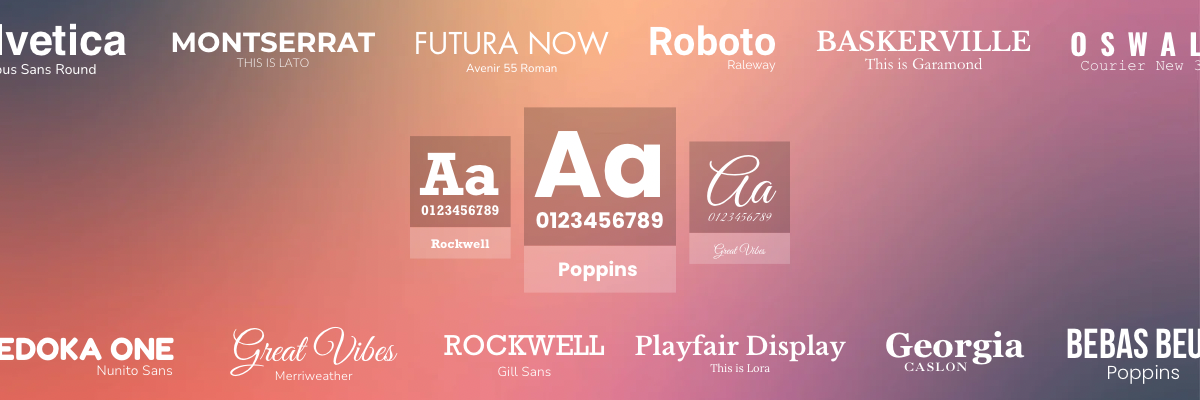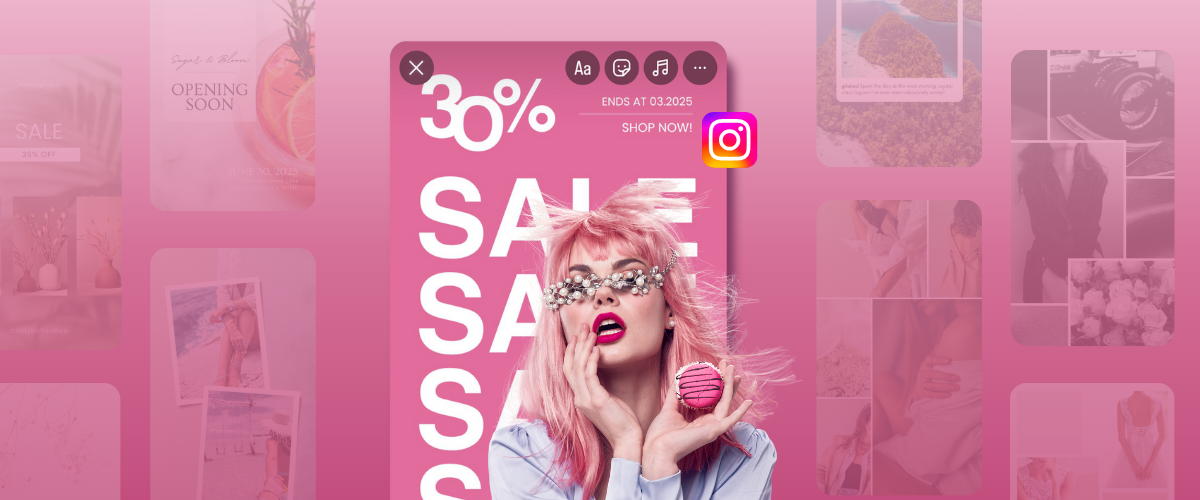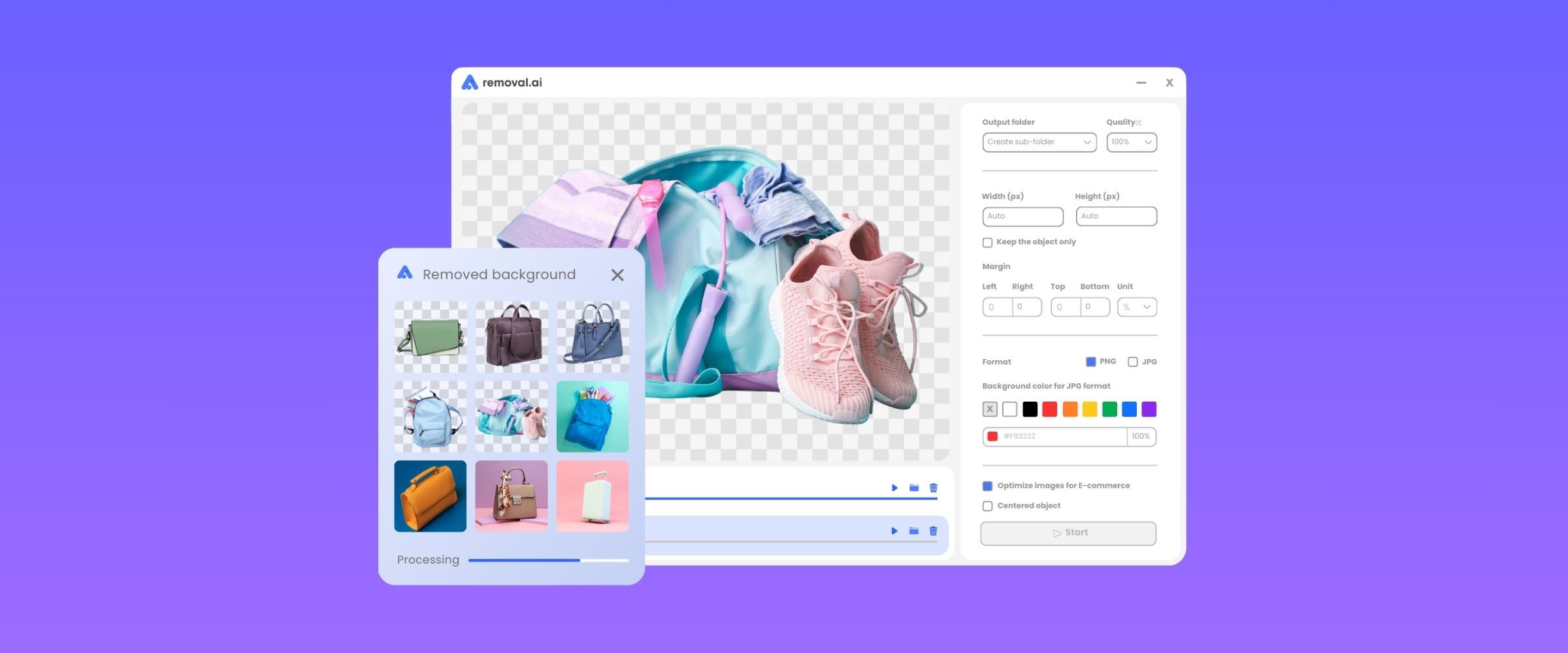
10 Tips to Optimize Your Product Photos for Ecommerce
Apart from producing professional-quality images, there is also a need to optimize images. ECommerce image optimization is important as it helps shorten the page loading time, thus enhancing the user experience while shopping.
With nearly 43% of Google organic searches, it is safe to say that eCommerce is a good business to look into. ECommerce is becoming popular because of the convenience of being able to shop anywhere and at any time. Running an online store, however, means you have to attract customers using product photos. In fact, 75% of online shoppers make their purchasing decisions based on the photos of the products they like. This makes product photography an integral foundation for the online shop.
ECommerce image optimization is important. You’ll find in this article 10 ways where you can focus your photo editing needs towards having eCommerce-optimized product photos:
1. Save Images with a Descriptive Name
Having your camera assign default names for your photos during product photography is important. If you are to conduct an eCommerce image optimization, you need to change the file name to help you organize your files and also help you rank your images in the search engines.
Search engines crawl the image file names aside from the text content of a web page. You must have relevant keywords or use keyword patterns that customers usually make when searching for a certain product.
Let’s take for example: if you are selling baking equipment, you shouldn’t stop keeping your file names as ‘cake pan 1,’ ‘cake pan 2,’ ‘cake pan 3,’ etc. A descriptive file name should be able to describe the item that paints a good mental picture of the product. For example:
- round-cake-pan-3inches.jpg,
- round-cake-pan-6inches.jpg,
- square-cake-pan-6inches.jpg, and the like.
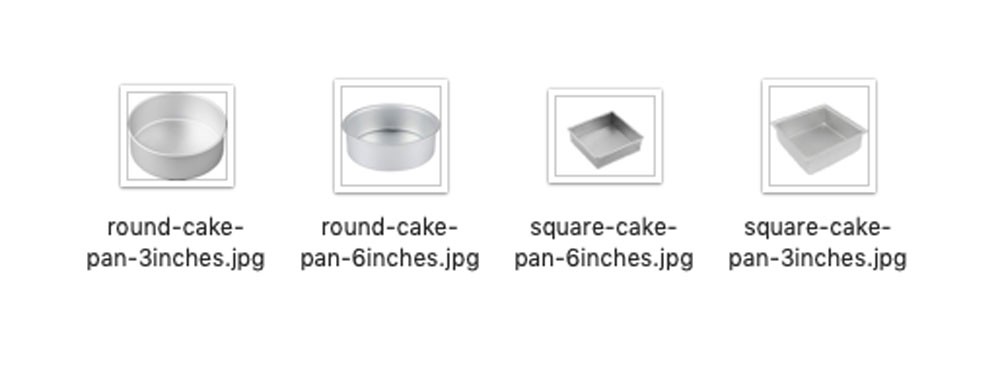
2. Optimize Your ‘alt’ Attributes Accordingly
One detail that you should not miss out on is the alt attribute or the text alternative of the images. It is like naming the image file for web accessibility when the browser is unable to render it.

A good alt attribute is one that describes the product and, at the same time, contains vital information such as serial number, size, color, etc. However, it is crucial to note that alt attributes are not overstuffed with keywords.

Stick to simple and direct-to-the-point descriptions, and you will be surprised at how they can help optimize your product photos.
3. Choose Product Angles and Correct Image Dimensions
Showing multiple-angle shots of a product is great for allowing shoppers to virtually inspect the product. You can use these extra photos to fill out alt attributes to help users land their searches on your page. It is like giving your site more chances of showing up on search engines because you have covered all possible search terms.
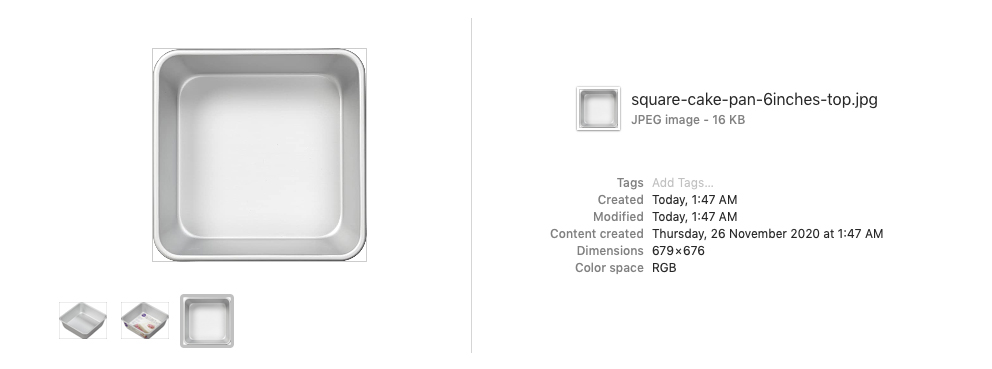
Going back to our cake pan example, instead of using only the keywords round cake pan 6 inches, you can also describe each shot and add bottom, top, or side view on the alt attributes.
4. Reduce Image File Size
Perhaps the easiest way to optimize an image for SEO is by keeping file sizes at a minimum. It makes a great difference in loading time if you have a big picture file compared to having a small file because search engines use page load time as one important factor for their algorithms.
Save your product photos using the Save for Web command in most photo editing apps like in Photoshop.
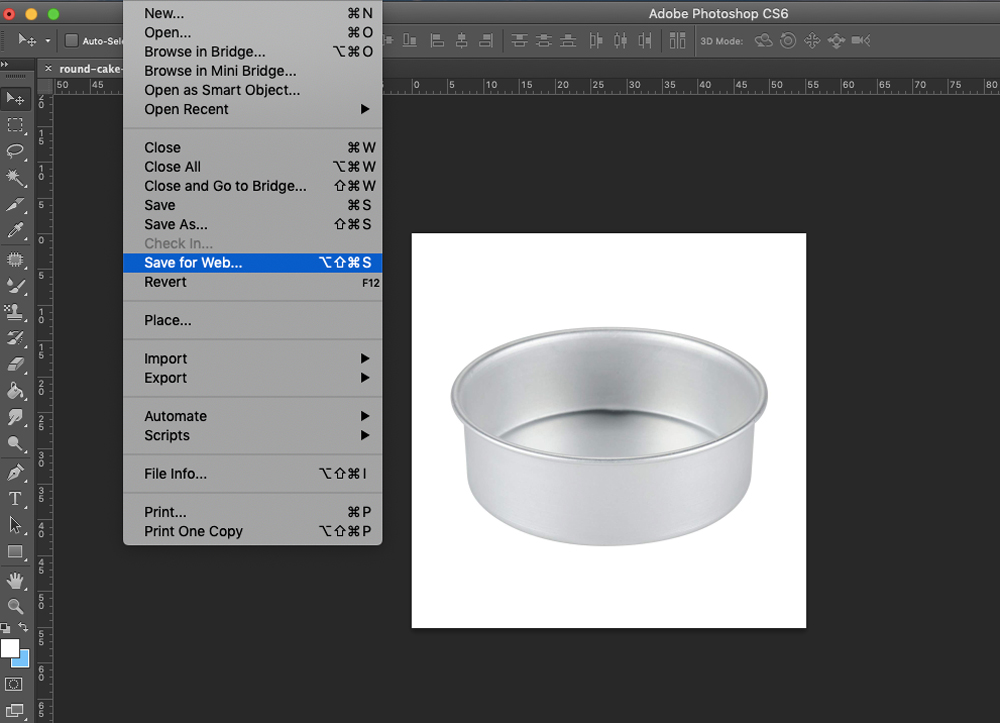
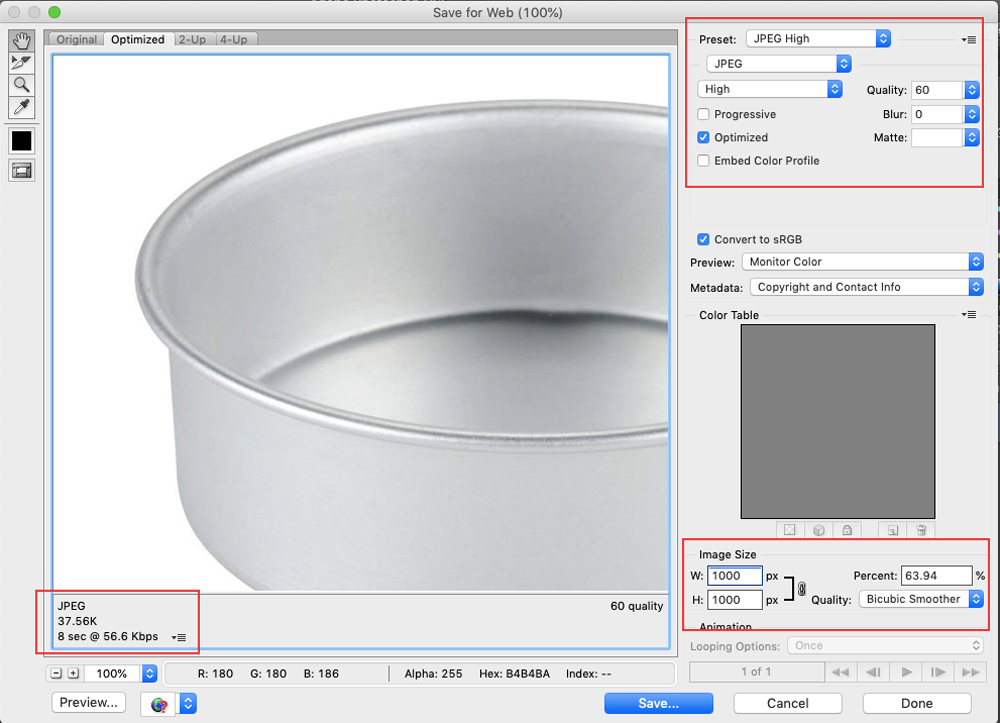
This automatically adjusts the file size to the lowest possible but still makes sure that it is of good quality. eCommerce images are usually under 70kb, so it would be nice to remember this before saving your image files.
ECommerce Image Optimization for Web Use
A successful eCommerce site requires great-quality images. While most would think that bigger file sizes are essential, you would be surprised to learn that there is a way to make photos look nice even with a small size.
This is where image optimization plays a crucial role. Among the many ways to optimize an image for SEO, the best and most effective method is to reduce its file size. Software like Webresizer, TinyPNG, and WPSmush claim to help reduce file size by compressing and stripping away some colors.
You may also try using a background remover to erase the unnecessary details of the photo. The images in a plain white background can be saved at a minimum file size for images with various colors.
Contact Us
To improve low-quality images for print use. In some instances, images do not retain their quality once you reduce the file size. If there is a need to use low-quality images for print and other uses, you can use the Imglarger to increase the image resolution. It would allow you to upscale the images for better resolution using AI technology. It typically reduces the noise and sharpens the image to automatically enhance the photos.
5. Use the Correct File Type
Common file types that are used for eCommerce websites are JPEG, GIF, and PNG.
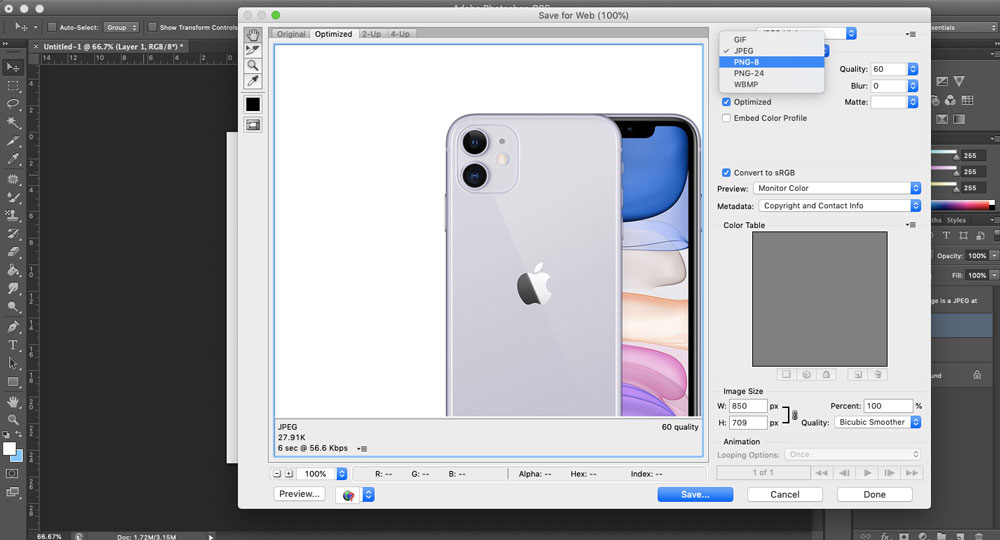
JPEG is the most common as it allows decent quality even at small file size. GIF images are lower in quality which is why it is great for icons and other simple images. PNG, on the other hand, is also suited for simple images but it can handle more colors and details than GIF images.
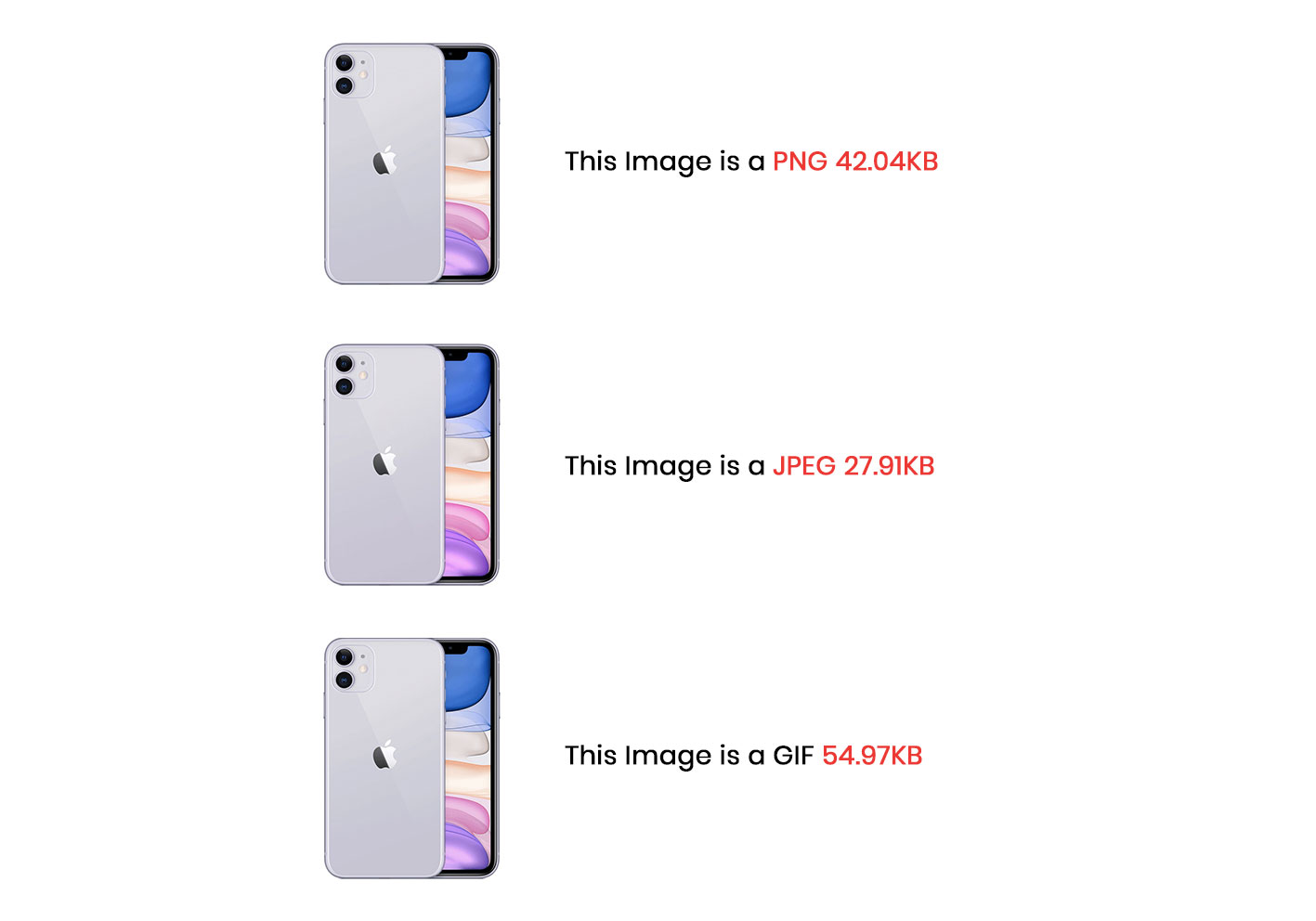
The best bet for eCommerce is JPEG especially if you are using large product images. GIF and PNG formats should be used only for small photos like thumbnails and decorative images.
6. Optimize Thumbnails
Thumbnails are great for giving the shoppers a good view of other products on the site other than the one being highlighted. Although they are useful they can also add up to your page loading time if they are not optimized.

To do this, make the thumbnail file sizes small to save loading time. Another way is to change the alt attribute text in a way that they are not the same as that of the larger main photo. This will help avoid indexing the thumbnail as the product photos itself instead of the detailed and larger one.
7. Create Image Sitemaps
You can actually get Google to notice your product photos using sitemaps. A sitemap gives search engines more information about your photos and will help crawlers find your images.
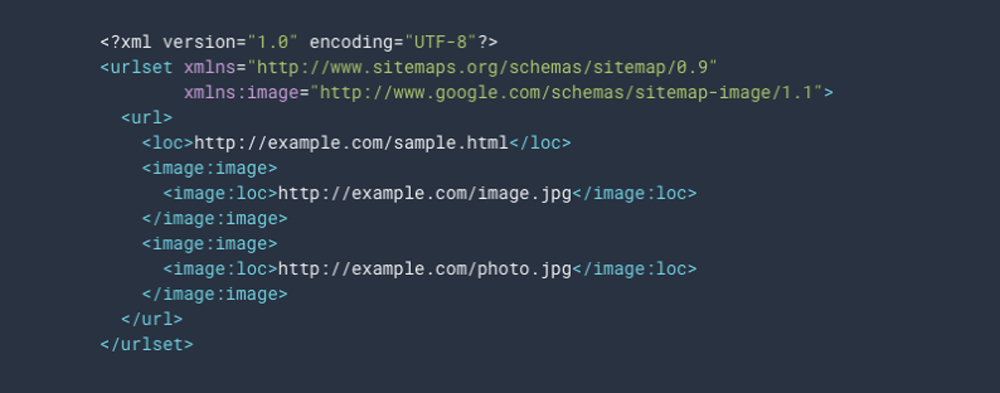
Make sure to use correct and specific tags for your images and have the correct sitemap format. Google gives out guidelines when creating sitemaps so make sure that you study that before creating one.
8. Take Note of Decorative Images
Any images that are not part of the product photos but add aesthetic appeal to the site is a decorative image. They can be buttons, borders, background images, etc. Always make sure to minimize their file sizes to avoid slowing the page load times.
You can always save it into either GIF or PNG formats and maintain the file sizes at only a few hundred bytes. You can also substantially reduce the file size of decorative images by using a flat color or make a transparent background or use wallpaper type backgrounds.
Learn about Google Image best practices.
9. Be Careful with Content Delivery Networks (CDNs)
CDNs are perfect for bandwidth-heavy websites and help increase page load speeds. The problem is that it does not help you with your backlinks. Images that are hosted by CDNs backlinks on their domain instead of yours. This will not help at all when you want to gather as many backlinks as you can for eCommerce SEO.
If your current hosting can handle the load from your images, it is better to stick to it rather than using CDNs. However, using image sitemaps allows you to use CDNs to host images. Just make sure to verify the CDN’s domain in the Search Console to inform Google about any crawl issues and errors you may have on your website. If you are using Cloudflare as CDN, here is a guide on how to verify your site.
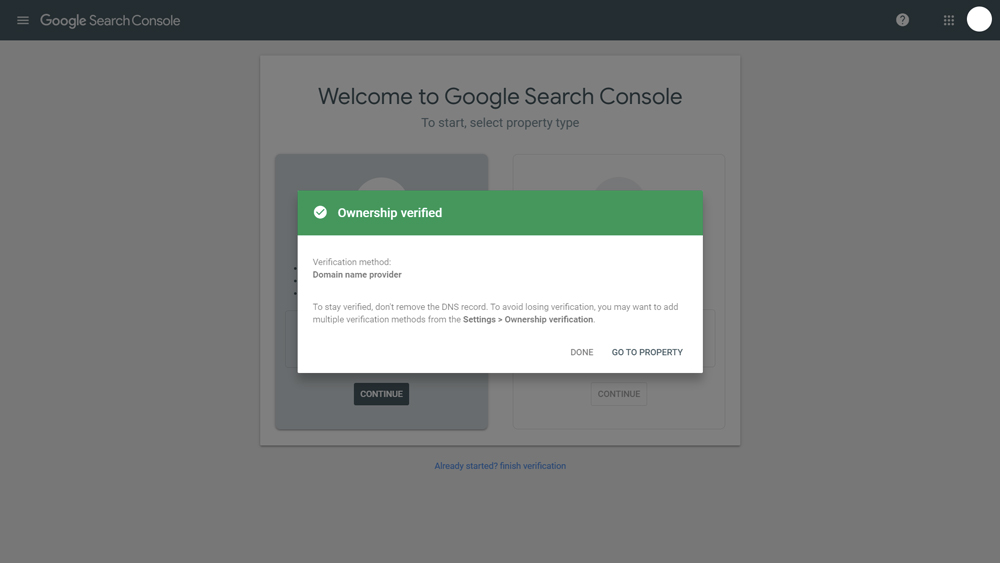
10. Test Images
After doing the necessary tasks of reducing the file size, editing the alt attributes, etc., you can also test out images to see which will actually help convert users into actual buyers.
Check whether the number of product photos per page affects page loading times. You may also check which angles customers prefer for the photos. You may also want to see whether customers would like to see as few as 10 listings on category pages or do they want more?
The only way to verify what the customers want and how they feel when they see product photos in your site is to actually test it out and experience it yourself.
Image optimization is one of the best SEO strategies that will get your photos on top of Google and search engine searches. This can drive a massive traffic and eventually sales to your website. It is a complex process but very rewarding once you have done everything.
Additional Tips: 5 Ways to Increase eCommerce Sales
If you have decided to delve into the rewarding world of eCommerce business, it is crucial that you are armed with plenty of knowledge about how to succeed in this industry. Here are five tips to help grow your budding online business and be competitive:
1. Help the Customers Find What They are Looking For
Invest in SEO marketing to make it easier for potential buyers to see your product photos. Create a FAQ page where they can easily search for more information without having to consult customer service.

2. Have Professional Quality Product Photos
Customers are very particular about product quality and the only way to convince them how great your products are is through the photos that they see on your site.
Related Post: How You Can Enhance Product Photos for Ecommerce
3. Post Nice Product Copy and Reviews
Customers rely on product reviews so you must have a high-quality marketing copy that will highlight the benefits of the products. You may also add a way for the customers to add their feedback so they can reach out regarding how you can improve the products if there is a need to.
4. Keep the Checkout Process Fast and Simple
Another way to keep customers happy is by making the shopping process simple and straightforward. The checkout process should be smooth and seamless so they will have a pleasant shopping experience that will make them want to return.
5. Establish a good brand presence
One way to establish a good connection with the customers is by promising a brand that meets their needs. Have content that the customers like so that they will be entertained and will have a soft spot for your brand.
It can be tough to start out in the eCommerce industry with rising competition among online entrepreneurs. There are even a lot of businesses that never actually make it even though they have been in the eCommerce industry for so long.
If you are one of those who are striving to succeed in the digital world, it would do you good to learn about image optimization along with other SEO essentials. Knowing how to use your product photos for your advantage will solve plenty of your marketing problems.
Contact Us

